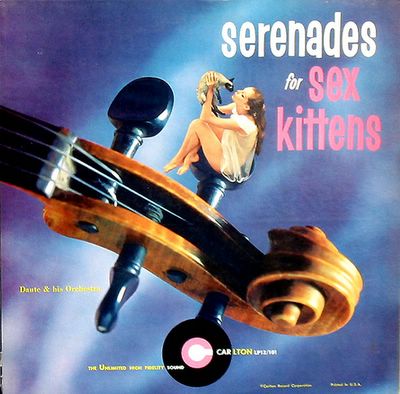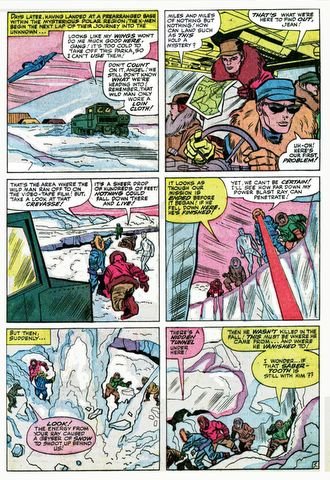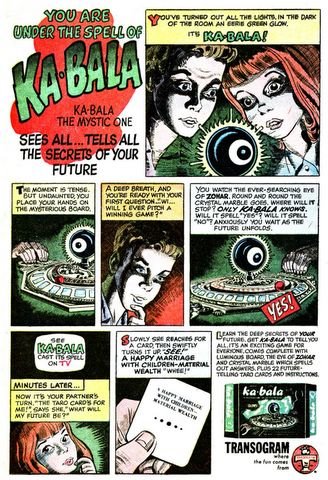Columbia originated the term "LP" itself, which was copyrighted. Thus, although many other firms could make long-playing records, only Columbia could make an LP. Link
Wednesday, June 21, 2006
Today In History: LPs Introduced
Tuesday, June 20, 2006
"Doomsday Vault" Built In Arctic
Norway is starting construction on a "doomsday vault" in the Arctic which is designed to house all known varieties of the world's crops.Dug into a frozen mountainside on the island of Svalbard, it is hoped the project will safeguard crop diversity in the event of a global catastrophe. More than 100 countries have backed the vault, which will store seeds, packaged in foil, at sub-zero temperatures.
Fenced in and guarded, with steel airlock doors, motion detectors and polar bears roaming outside - the concrete facility will, its backers say, be the most secure building of its type in the world.
The vault's purpose is to ensure survival of crop diversity in the event of plant epidemics, nuclear war, natural disasters or climate change; and to offer the world a chance to restart growth of food crops that may have been wiped out.
At temperatures of minus 18C (minus 0.4F), the seeds could last hundreds, even thousands, of years. Even if all cooling systems failed the temperature in the frozen mountain would never rise above freezing due to the permafrost on the mountainside.
The Global Crop Diversity Trust, founded in 2004, will help run the vault, which is planned to open and start accepting seeds from around the world in September 2007. The bank is eventually expected to house some three million seeds. Link
Monday, June 19, 2006
Enter: The Forbidden Dimsension!


Jackson Phibes recently reanimated 'The Forbidden Dimension' for a gig in Calgary & sent along the above photo proof to your Atomic Surgeon. I'll have to dust off the Time Bubble and go back and check it out.
Click HERE to be transported to the Forbidden Dimsension!
But are you brave enough to enter "The Scary Door?"
Sunday, June 18, 2006
Quantum Dots Count Single Electrons
Toshima Fujisawa and colleagues at NTT Basic Research Laboratories in Atsugi, Japan, created a circuit incorporating a two quantum dots - semiconducting crystals just a few nanometres in diameter - which only let a single electron pass through at a time. After switching the current on, they used another nanoscale device, called a quantum point contact, to measure the charge contained within each quantum dot. This revealed whether it contained an electron or not.
By taking measurements every 20 microseconds the researchers could count the flow of individual electrons as they passed through the quantum dots, and also determine the direction in which they were moving. Link
Saturday, June 17, 2006
Vampire Bats Recognize Prey’s Breathing
In a study two vampire bats were taught to associate recordings of different humans breathing with different cattle blood dispensers, providing food rewards. They were then played short clips of people breathing and had to associate them with the correct individual by going to the correct dispenser. Four human participants were asked to associate the same short clips with the correct individual.
The vampire bats were able to spontaneously associate the clips with the particular individuals, regardless of whether the individual was recorded breathing at rest or breathing while under physical strain. The human participants were also able to recognise some clips, but they were unable to recognise the clips of breathing recorded under physical strain.
Ref: Classification of human breathing sounds by the common vampire bat, Desmodus rotundus. 2006. L. Wiegrebe and U. Groeger. BMC Biology 2006 4: 18











